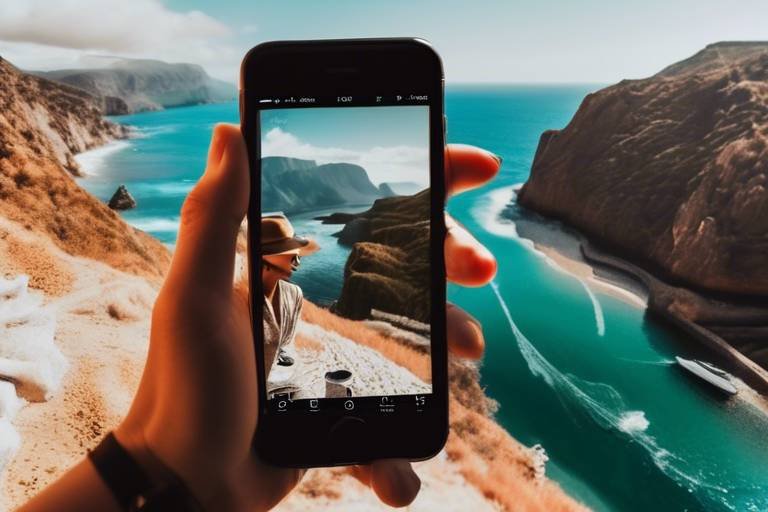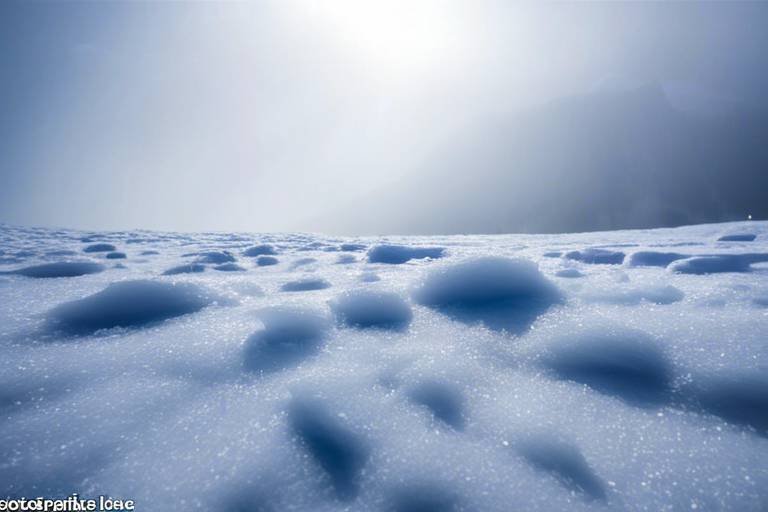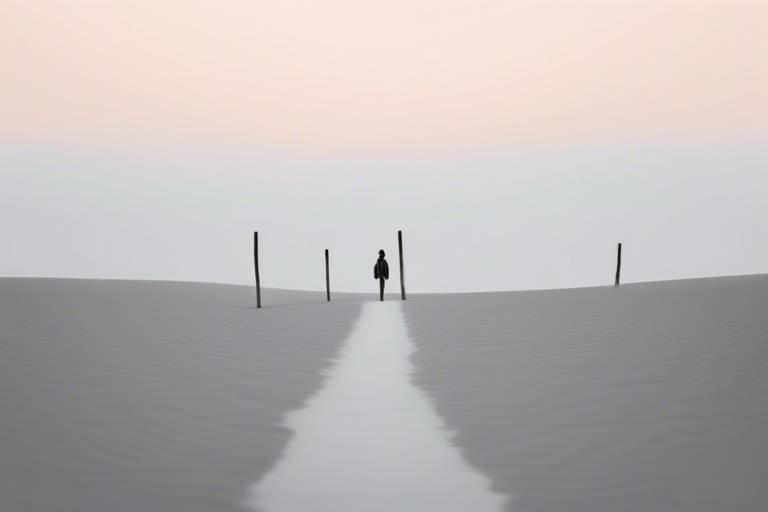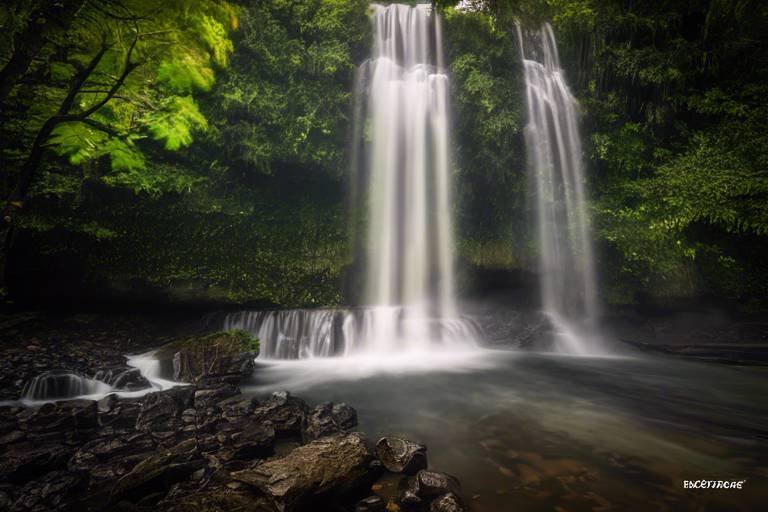How to Capture the Beauty of Desert Landscapes
Desert landscapes hold a unique allure, with their vast expanses of sand dunes, rugged mountains, and sparse vegetation creating a sense of both isolation and beauty. Capturing the essence of these environments through photography requires a keen eye for detail and an understanding of the challenges and opportunities they present. From the shifting play of light and shadow to the delicate balance of fragile ecosystems, exploring desert landscapes with a camera in hand can lead to breathtaking images that evoke a sense of wonder and awe.
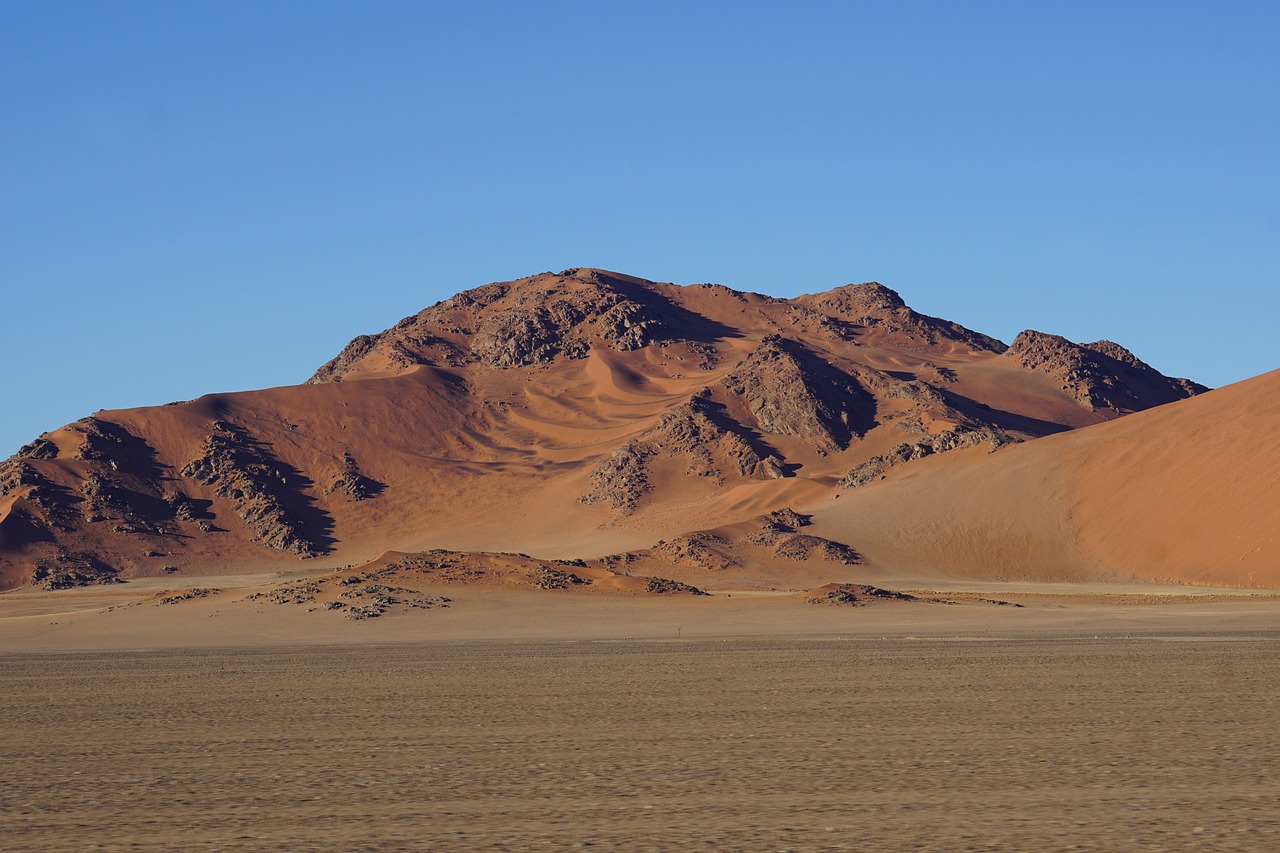
Understanding Desert Environments
Deserts are not just vast stretches of sand; they are intricate ecosystems teeming with life and unique features that make them a photographer's paradise. Understanding desert environments goes beyond the surface to appreciate the complexities and beauty that lie within. From the towering sand dunes of the Sahara to the rocky outcrops of the American Southwest, deserts offer a diverse range of landscapes waiting to be captured through the lens.
One of the key characteristics of desert landscapes is their adaptability. Flora and fauna have evolved to thrive in harsh conditions, showcasing resilience and beauty in the face of adversity. The stark contrast between the scorching heat of the day and the coolness of the night creates a dynamic environment where life finds a way to flourish. Photographers have the opportunity to capture this resilience in their images, telling a story of survival and adaptation.
Geological formations in deserts are like sculptures crafted by nature over millennia. From towering mesas to winding canyons, each rock formation holds a tale of time and transformation. The play of light and shadow on these formations creates a canvas of contrasts, offering photographers a playground of textures and shapes to explore. Understanding the geological history of deserts adds depth to your photography, allowing you to appreciate the layers of time etched in stone.
Challenges and opportunities abound in desert environments for photographers. Extreme temperatures, blowing sand, and harsh sunlight can test your skills and equipment. However, these challenges also present unique opportunities to capture moments of raw beauty and solitude. By understanding the nuances of desert photography, you can turn obstacles into stepping stones towards creating captivating images that resonate with viewers.

Choosing the Right Equipment
When venturing into the vast and captivating world of desert landscape photography, selecting the right equipment is crucial to capturing the essence of these unique environments. The harsh conditions of deserts, with their extreme temperatures, swirling sand, and fine dust particles, require photographers to choose gear that can withstand these challenges while delivering exceptional results.
First and foremost, when it comes to cameras, opt for models that are durable and weather-sealed to protect against sand and dust infiltration. Mirrorless cameras are popular choices due to their compact size and versatility, allowing for easy maneuverability in rugged desert terrain. Additionally, full-frame DSLRs are favored for their superior image quality and dynamic range, ideal for capturing the intricate details of desert landscapes.
When selecting lenses, consider versatile options such as wide-angle lenses to capture the expansive vistas and sweeping dunes of deserts, as well as telephoto lenses for photographing distant subjects like wildlife or rock formations. A macro lens can also be handy for capturing the intricate patterns and textures found in desert flora and fauna.
Investing in a sturdy tripod is essential for desert photography, as it provides stability for long exposures during sunrise and sunset shoots, as well as when capturing panoramic views. Look for lightweight yet robust tripods that can withstand strong desert winds and uneven terrain, ensuring your camera remains steady for sharp, clear images.
Accessories such as lens hoods, UV filters, and lens cloths are indispensable for protecting your gear from the elements, including harsh sunlight and blowing sand. Carry extra memory cards and batteries to avoid running out of storage or power during extended shooting sessions in remote desert locations.

Mastering Light and Shadow
Exploring techniques and tips for photographing the stunning and unique landscapes found in deserts around the world, from capturing the play of light and shadow to highlighting the vastness and solitude of these environments.
When it comes to desert photography, mastering light and shadow is crucial for creating captivating and dynamic images. The harsh sunlight and long shadows in desert environments can be both a challenge and an opportunity for photographers. By understanding how light interacts with the landscape, you can elevate your desert photos to a whole new level.
One effective technique for mastering light and shadow in desert photography is to take advantage of the golden hours - the moments just after sunrise and before sunset when the light is soft, warm, and creates long, dramatic shadows. This soft light can add depth and dimension to your photos, enhancing the textures and contours of the desert landscape.
Another important aspect to consider is the direction of light. Experiment with shooting from different angles to see how the light interacts with the sand dunes, rock formations, and vegetation in the desert. Side lighting can create interesting patterns and textures, while backlighting can silhouette subjects against the bright sky, adding a sense of mystery and drama to your photos.
Using shadows creatively is also key to mastering light in desert photography. Shadows can add visual interest and lead the viewer's eye through the image. Look for opportunities to incorporate shadows as leading lines or framing elements in your composition, creating a sense of depth and perspective.
Additionally, consider the contrast between light and shadow in your desert photos. The stark contrast between bright sunlit areas and dark shadows can create a dynamic and striking visual impact. Experiment with different exposure settings to capture the full range of tones in the desert landscape, from the brightest highlights to the deepest shadows.
By mastering the play of light and shadow in desert photography, you can create images that evoke the unique beauty and atmosphere of these captivating landscapes, capturing the essence of the desert in a way that is both visually stunning and emotionally resonant.
- How can I protect my camera gear from the harsh desert conditions?
- What are some ethical considerations when photographing wildlife in deserts?
- What post-processing techniques work best for enhancing desert landscape images?
- How can I ensure that my panoramic desert views are seamlessly stitched together?
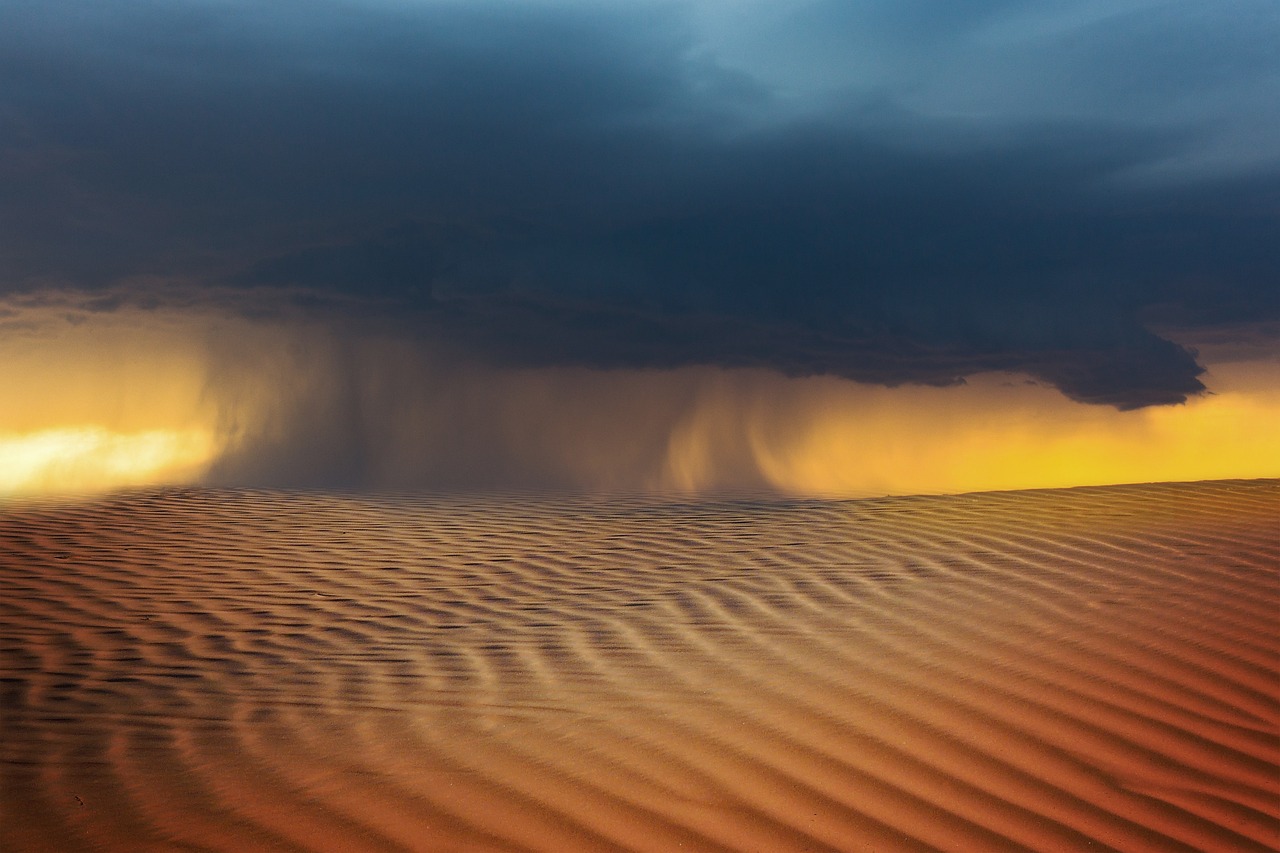
Composition Techniques for Desert Photography
When it comes to capturing the beauty of desert landscapes through photography, mastering composition techniques is essential. The vast expanse of deserts offers a unique canvas for creating visually striking images that can evoke a sense of awe and wonder. By understanding and applying composition principles effectively, photographers can enhance the impact of their desert landscape photos and create captivating visual narratives.
One key technique in desert photography is utilizing leading lines to draw the viewer's eye into the scene. The natural lines and shapes found in desert environments, such as winding sand dunes or rocky ridges, can be used to create a sense of depth and perspective in the image. By strategically framing these elements within the composition, photographers can guide the viewer's gaze and create a sense of movement and flow within the photograph.
Another fundamental principle to consider is the rule of thirds, a classic composition guideline that divides the frame into a grid of nine equal sections. Placing key elements of the desert landscape, such as a striking rock formation or a solitary cactus, along the intersecting points of these gridlines can create a visually balanced and harmonious composition. This technique can help photographers avoid placing subjects directly in the center of the frame, adding interest and dynamism to their photos.
Furthermore, incorporating framing elements in desert photography can add depth and context to the image. By using natural elements like overhanging branches, rock arches, or desert vegetation to frame the main subject, photographers can create a sense of enclosure and focus within the composition. This technique can help draw attention to the central elements of the scene and create a more immersive viewing experience for the audience.
Perspective is another crucial aspect to consider when composing desert landscape photos. Experimenting with different vantage points, such as low-angle or high-angle shots, can offer unique viewpoints that highlight the vastness and grandeur of the desert environment. Changing perspectives can also add visual interest and variety to a series of photographs, allowing photographers to capture the essence of the desert from multiple angles and viewpoints.
In conclusion, mastering composition techniques is key to capturing the beauty and essence of desert landscapes through photography. By understanding and applying principles such as leading lines, rule of thirds, framing, and perspective, photographers can create visually compelling images that showcase the unique features and character of these extraordinary environments.
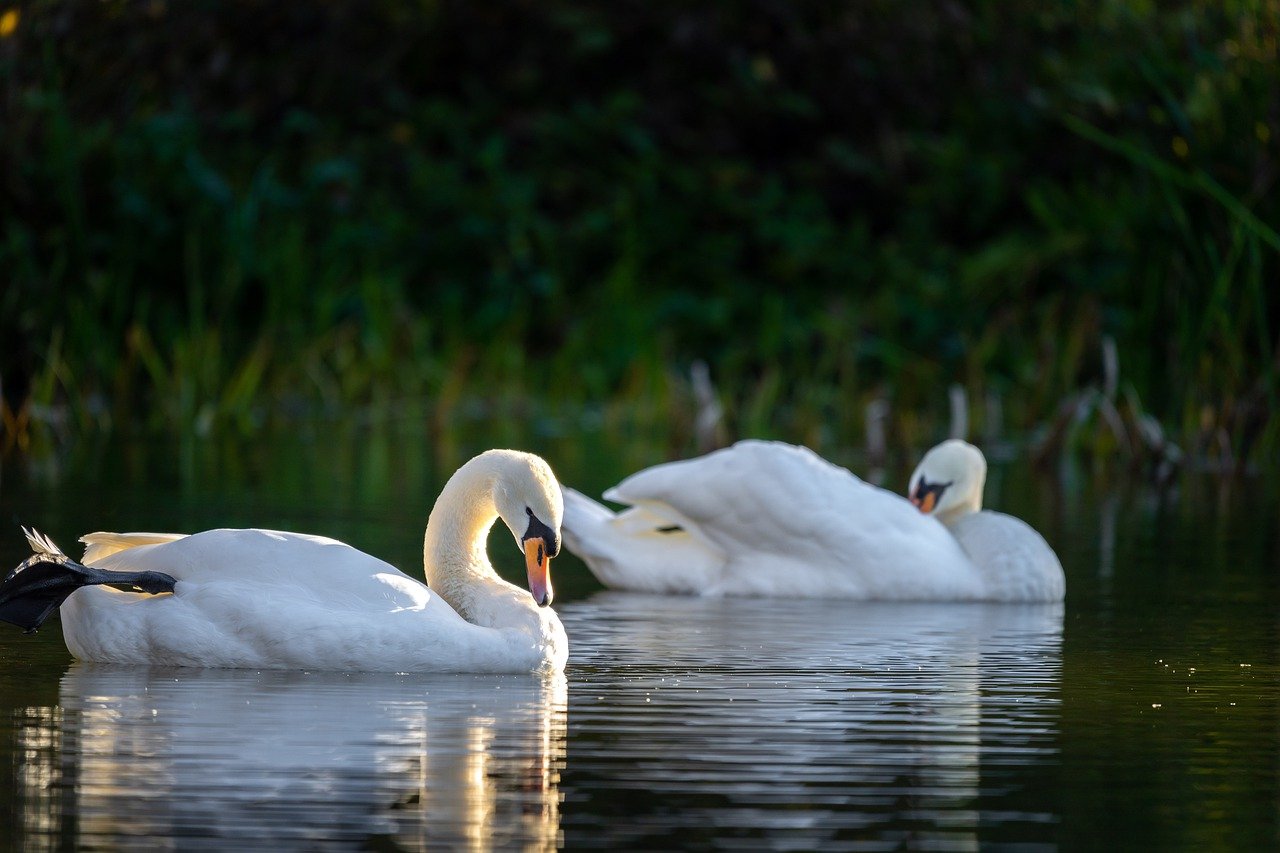
Capturing Wildlife in Desert Settings
When it comes to capturing wildlife in desert settings, photographers face a unique set of challenges and opportunities. The vast and arid landscapes of deserts are home to a diverse array of creatures, from the elusive desert fox to the iconic saguaro cactus-dwelling Gila woodpecker. To truly capture the essence of desert wildlife in your photographs, it's essential to approach the subject with respect and sensitivity.
One key consideration when photographing wildlife in deserts is the importance of ethical practices. It's crucial to prioritize the well-being and safety of the animals above getting the perfect shot. This means maintaining a safe distance, avoiding disturbing their natural behavior, and never feeding or approaching them in a way that could cause harm or stress.
Additionally, understanding the behavior and habits of desert wildlife can greatly enhance your photography. Researching the species you hope to photograph can help you anticipate their movements and increase your chances of capturing unique and compelling images. Patience is also key when photographing wildlife, as it often requires waiting for the perfect moment to capture a truly special shot.
When it comes to equipment, having a telephoto lens can be invaluable for capturing wildlife from a distance without causing disturbance. A tripod can also help stabilize your shots, especially in the harsh and often windy conditions of desert environments. Consider using a polarizing filter to reduce glare and enhance colors in your wildlife photos.
Lighting is another crucial element to consider when photographing wildlife in deserts. The harsh sunlight and long shadows characteristic of these environments can create striking contrasts and dramatic effects in your images. Experiment with different angles and times of day to make the most of the unique desert light.
Ultimately, capturing wildlife in desert settings requires a combination of technical skill, patience, and a deep appreciation for the beauty and diversity of these unique ecosystems. By approaching the subject with care and respect, you can create stunning images that showcase the magic of desert wildlife.
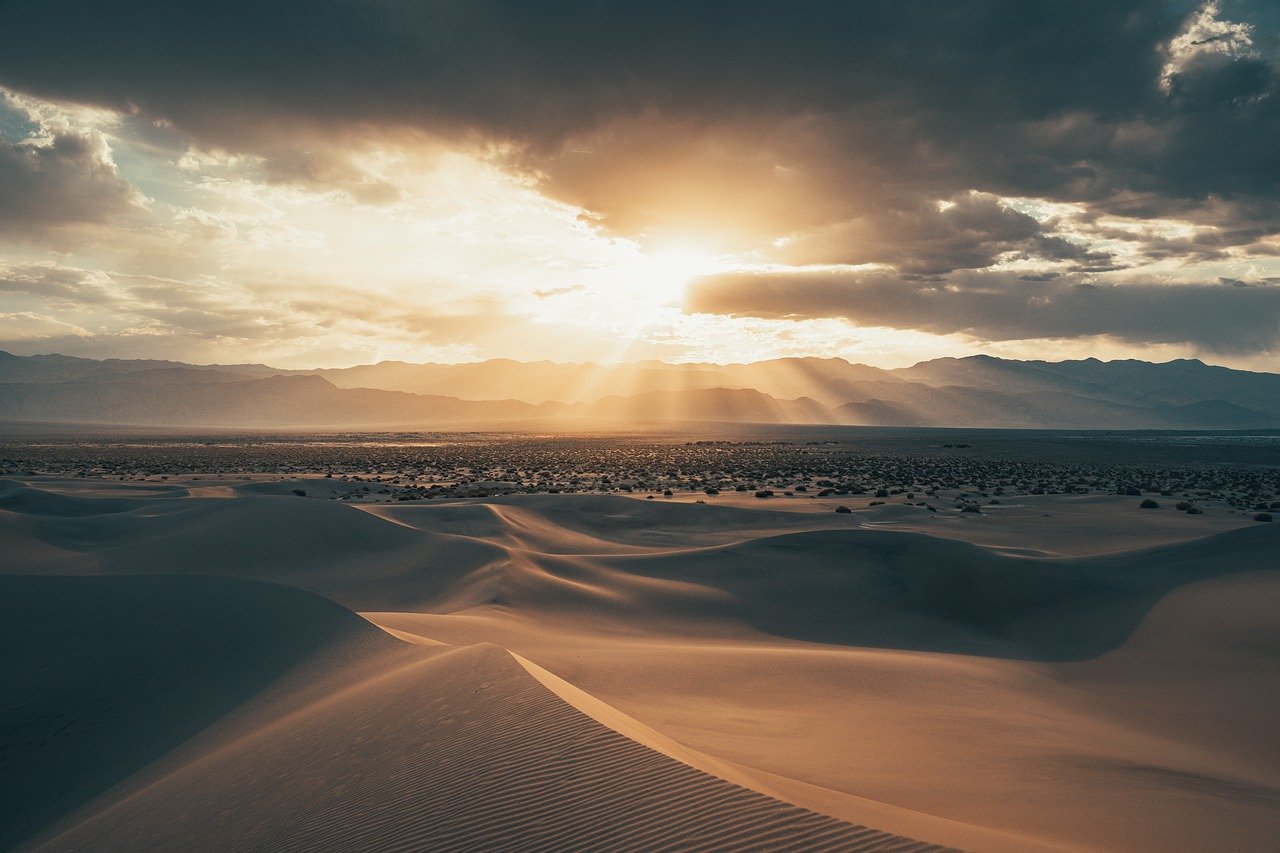
Post-Processing Tips for Desert Photos
Post-processing plays a crucial role in enhancing the beauty and impact of desert photos captured in the field. Utilizing software tools like Adobe Lightroom and Photoshop, photographers can bring out the true essence of these unique landscapes. One essential tip is to adjust colors to accurately represent the warm tones of the desert environment. By fine-tuning contrast levels, photographers can emphasize the textures and details present in the arid terrain. Additionally, sharpening techniques can help bring clarity to the intricate patterns found in desert landscapes, enhancing the overall quality of the image.

Creating Panoramic Desert Views
When it comes to capturing the vast and breathtaking beauty of desert landscapes, creating panoramic views can truly showcase the grandeur and majesty of these unique environments. To embark on this panoramic journey, you will need to follow a series of steps that involve both capturing the individual images and then stitching them together seamlessly to create a stunning final panorama.
First and foremost, ensure that you have a sturdy tripod to keep your camera stable throughout the shooting process. Stability is key when capturing multiple images that need to align perfectly in the final panorama. Additionally, using a remote shutter release or the camera's self-timer can help minimize any camera shake and ensure sharp images.
When capturing the individual images for your panoramic view, it's essential to overlap each shot by about 30-50%. This overlap provides enough information for the stitching software to seamlessly blend the images together. Keep your camera settings consistent across all shots, especially the exposure and white balance, to maintain uniformity in the final panorama.
Once you have captured all the necessary images, it's time to bring them together in post-processing. There are various software options available for stitching panoramic images, such as Adobe Photoshop or specialized panorama stitching software. Follow the software's instructions to align and merge the images, ensuring a smooth transition between each frame.
As you finalize your panoramic desert view, pay attention to details like horizon alignment and overall composition. Adjust the cropping and perspective as needed to create a visually appealing and balanced panorama that truly captures the vastness and beauty of the desert landscape.
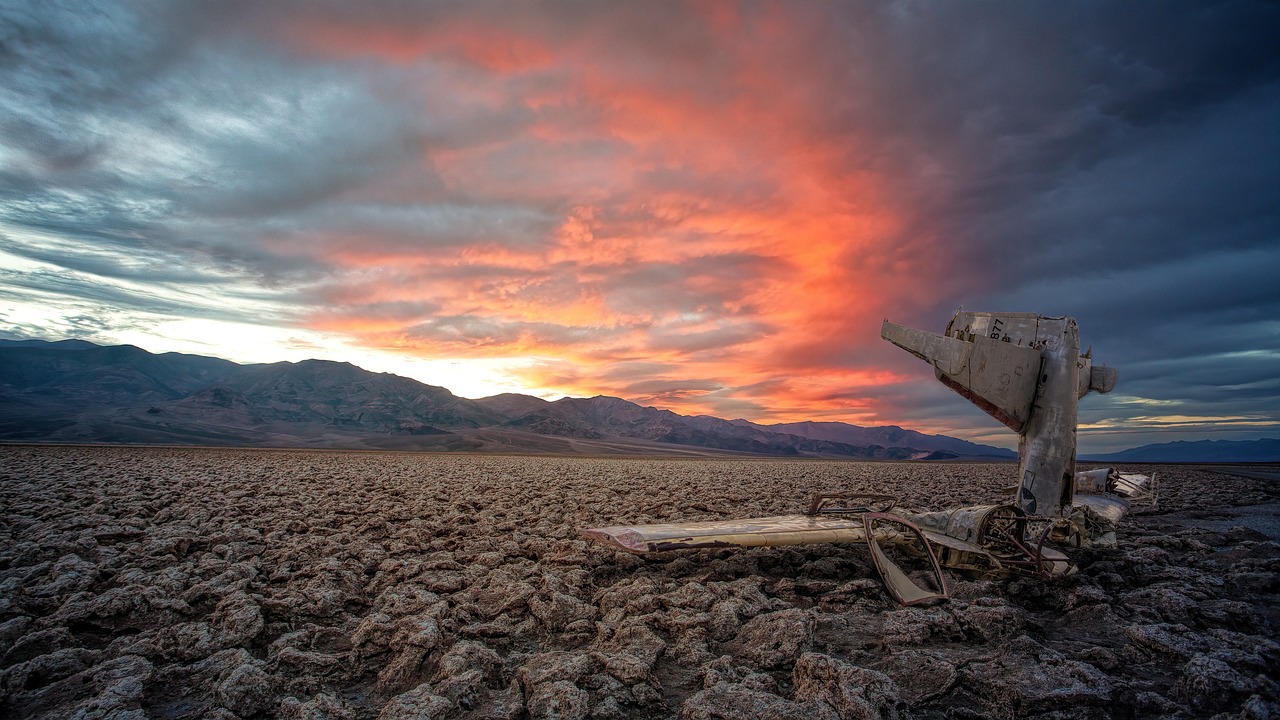
Preserving the Fragile Desert Ecosystem
The desert ecosystem is a delicate balance of life and survival, where every plant and animal plays a crucial role in maintaining the fragile equilibrium of this harsh environment. Preserving the fragile desert ecosystem is not just a choice but a responsibility that falls on the shoulders of photographers and nature enthusiasts who venture into these arid landscapes.
One of the key principles to keep in mind when photographing in deserts is to minimize your impact on the environment. This means staying on designated trails, avoiding trampling on vegetation, and refraining from disturbing wildlife in their natural habitat. By treading lightly and respecting the ecosystem, you can ensure that future generations will also be able to experience the beauty of these unique landscapes.
Another important aspect of preserving the fragile desert ecosystem is to be mindful of the waste you generate during your photographic expeditions. Make sure to carry out all your trash and dispose of it properly in designated bins. Avoid leaving behind any litter that could harm the flora and fauna of the desert.
Furthermore, it is crucial to be aware of the regulations and guidelines set forth by local authorities and conservation organizations regarding photography in desert areas. These rules are in place to protect the environment and ensure that the delicate balance of the desert ecosystem is not disrupted by human activities.
By following these practices and being conscious of the impact of your actions, you can contribute to the preservation of the fragile desert ecosystem and help safeguard these unique environments for future generations to enjoy.
Frequently Asked Questions
- What type of camera is best for desert photography?
When photographing desert landscapes, it is recommended to use a camera with good dust and weather sealing to protect it from the harsh desert conditions. Mirrorless cameras are popular for their lightweight and compact design, making them ideal for carrying in desert environments.
- How can I protect my camera gear from sand and dust in deserts?
To safeguard your camera equipment from sand and dust in deserts, consider using protective covers or cases specifically designed for such conditions. Always keep your gear covered when not in use and avoid changing lenses in windy or dusty areas.
- What are some ethical practices for photographing wildlife in deserts?
When capturing wildlife in desert settings, it is crucial to respect the animals' natural behavior and habitat. Keep a safe distance to avoid disturbing the animals, never feed or approach them, and always follow local regulations and guidelines for wildlife photography.
- How can I enhance the colors of desert landscape photos during post-processing?
To bring out the vibrant colors of desert landscapes in post-processing, you can adjust the saturation and vibrance levels in editing software like Adobe Lightroom. Fine-tune the white balance to emphasize warm tones and use selective editing tools to enhance specific areas of the image.
- What steps can I take to minimize my environmental impact when photographing in deserts?
To minimize your environmental impact in desert ecosystems, stay on designated paths and trails to avoid trampling vegetation. Avoid disturbing wildlife or removing natural objects, and always pack out any trash or waste to leave no trace of your presence.




